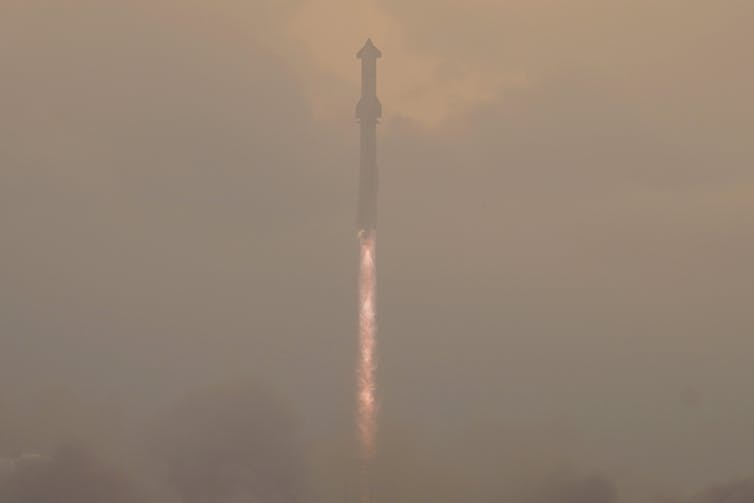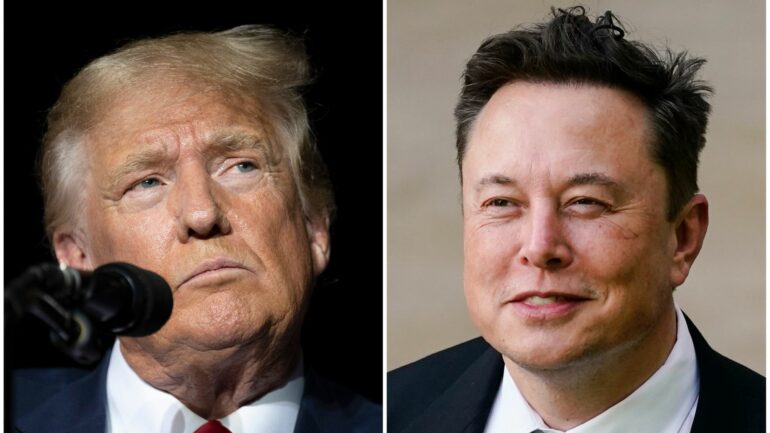Elon Musk officially endorsed Donald Trump for president of the United States on July 13, 2024, shortly after Trump survived an assassination attempt. Musk, a billionaire technology entrepreneur, has made groundbreaking contributions in multiple industries, particularly space travel and exploration.
Even before Musk’s endorsement, Trump was reportedly considering giving the billionaire an advisory role if elected for a second term. With Musk’s public support and financial backing, it now seems even more likely that Trump would offer him an official position in his administration.
As someone who studies space and international relations, I am interested in how Musk might influence U.S. space policy if Trump wins in November. Their partnership could significantly shape the future of U.S. space exploration and defense, as well as shift the balance of power between the public and private sectors in space.
Current US space policy
A nation’s space policy reflects its vision and priorities for outer space. U.S. space policy – a mix of continuity from past administrations and recent directives – is outlined in key documents, including the U.S. National Space Policy, the U.S. Space Priorities Framework, Space Policy Directives and other official publications.
Current space policy emphasizes maintaining U.S. leadership in space, protecting U.S. space assets and working with commercial and international partners to promote safe, secure and responsible behavior in space. Its key elements include growing the American commercial space sector and returning astronauts to the Moon.
Musk’s company SpaceX has been instrumental in advancing these goals, supporting both NASA and the U.S. Space Force – the newest branch of the U.S. military – in their missions. SpaceX’s innovations, such as the reusable Falcon 9 rockets, the Starlink satellite internet and the powerful Starship, have dramatically transformed access to and use of outer space.
The 2016-2020 Trump administration advanced many of the current U.S. space policy goals, some of which closely align with Musk’s own ambitions for space.
Space synergy: Trump’s and Musk’s shared ambitions
Trump and Musk agree on three main objectives in space.
First, both are committed to human expansion beyond Earth. Trump’s Space Policy Directive 1, signed on Dec. 11, 2017, set the U.S. on a course to return astronauts to the Moon and establish a permanent presence there, followed by human missions to Mars and beyond.
This directive aligns with Musk’s vision of colonizing Mars, which is guiding the development of Starship: the most powerful and massive spacecraft ever built. Designed to be fully reusable, Starship will carry large payloads and be capable of deep space travel – including lunar landings and journeys to the red planet.

SpaceX tested its Starship rocket for a fourth time in July 2024.
AP Photo/Eric Gay
NASA’s Artemis…



